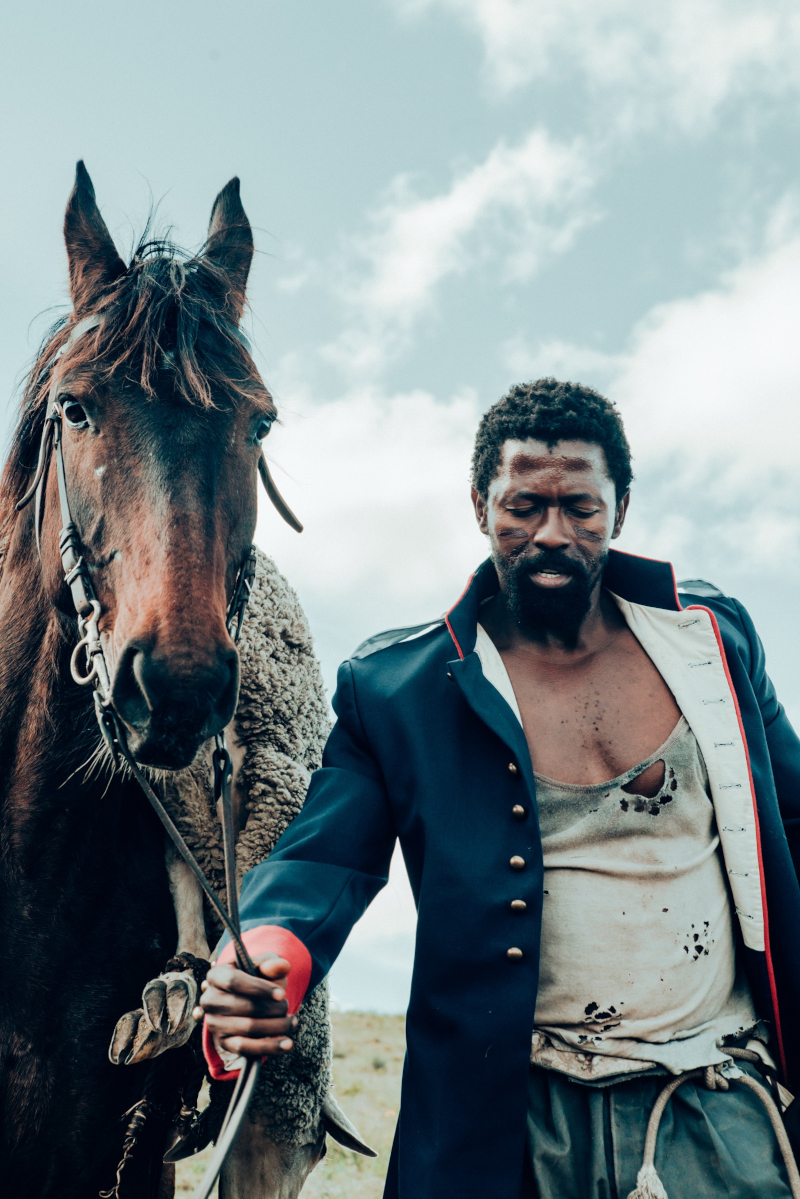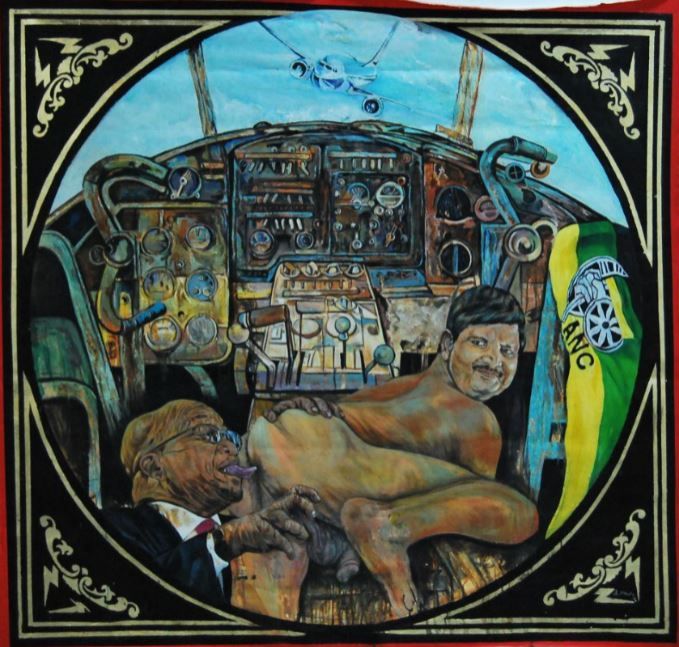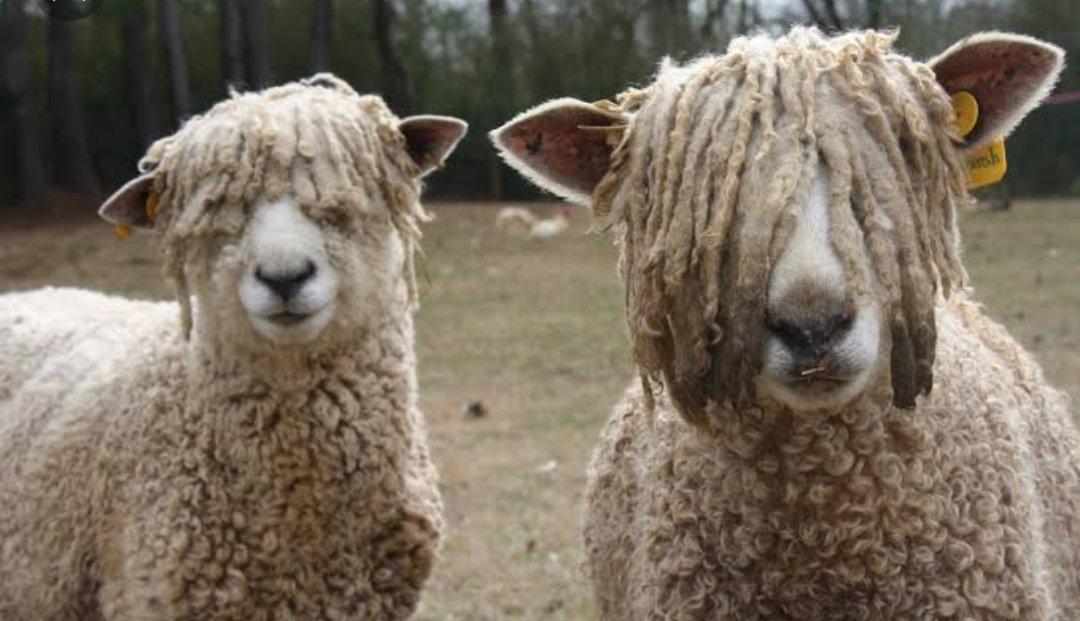One man’s bandit is another man’s champion. That is the theme at the heart of ‘Sew the Winter to My Skin’, a new film by South African director Jahmil X.T. Qubeka. The film is a searing reimagining of the story of John Kepe, a legendary outlaw of pre-apartheid South Africa.
Hailed as a Western-style manhunt thriller, the film is distinctly South African in flavour, but universal in its themes. It re-interprets the remarkable tale of Kepe (Ezra Mabengeza), the self-proclaimed "Samson of the Boschberg", born around 1898, who became a type of Robin Hood figure in 1940s South Africa.
“Spending time in my mother’s hometown of rural Somerset East exposed me to the legend of John Kepe,” says Qubeka. “The epic nature of his capture, the spiritual poetry of his calling, the impending horror of Apartheid and the power of Kepe’s fervent belief in something greater than himself drew me to his intriguing tale. The community in the town continue to build upon the narrative with increasingly creative versions of this symbol of resistance to oppression.”
The history of the character is intriguing. He hid himself away in a huge cave – after whom Kepe's Cave, close to the overnight hut on the Boschberg Hiking Trail, is named. Perched high in the mountainous Great Karoo region for 12 years, Kepe's crimes mostly involved burglary and stealing livestock. He was first arrested in Graaff-Reinet in 1921 for housebreaking and poaching, and then again near Pearston in 1933. Kepe was found at this trial to be an habitual criminal, was once again jailed, then released in 1940 on condition that he did not leave Graaff-Reinet for five years, but he disappeared and the police lost all contact with him.
Between 1950 and 1951 the police received numerous telephone calls from people reporting stock theft and housebreaking. Stock were continually being slaughtered on the Boschberg and the farm Ongegund was broken into 13 times in 18 months. Some people encountered a man carrying a .22 rifle on the Boschberg who behaved like a guard and questioned them but, as there was no such armed guard posted, the police realised that this must be their man.
Kepe’s fate was sealed when he was accused of murdering Dirk Goliath, a shepherd who had recognised him. Following a huge manhunt, Kepe was finally apprehended in February 1952 and sent to trial. Found guilty and sentenced to death, he was hanged in Pretoria that June.
When the police searched his cave, it took a lorry to carry away all the stolen property stored there while another cave held at least 100 sheep skins.
It is said that that the independent spirit of John Kepe inhabits the slopes of the Boschberg and stories are still told with a smile, including one that he used to join in the search parties that were sent out to look for the infamous thief.
Qubeka’s film focuses more on Kepe the myth than the man, reimagining the elusive and mysterious sheep rustler as a powerful emblem of resistance to white colonial rule at the time. He also creates the fictionalised posse that is on Kepe's trail, led by Nazi sympathizer General Botha (Peter Kurth), and a flamboyantly moustached sidekick, Black Wyatt Earp (Zolisa Xaluva). The film attempts to explore the settler mentality and offer insight into the posse’s perspective and context.
“I wanted to tell an authentic South African tale in the epic scale of the adventure films of my childhood, like Spielberg’s ‘Raiders of the Lost Ark’, Kevin Costner’s ‘Dances with Wolves’, Kotcheff’s ‘First Blood’ and Mulcahy’s’ Highlander’, and fuse this with elements of the grandiose American westerns of John Ford. ‘Sew the Winter to My Skin’ is a dream manifested,” Qubeka says.
He notes that Kepe’s essence and restless energy affected all cast and crew as they made the long journey up the Boschberg Mountains every day throughout the shoot. “Although the Karoo weather was a constant challenge, with misty, freezing and even snowy days, John Kepe’s bold resilient spirit kept us pushing to the end. His story needed to be told.”
*The film opens at Cinemas on February 8 2018





















